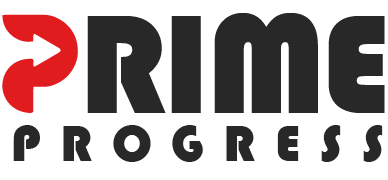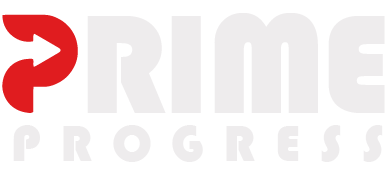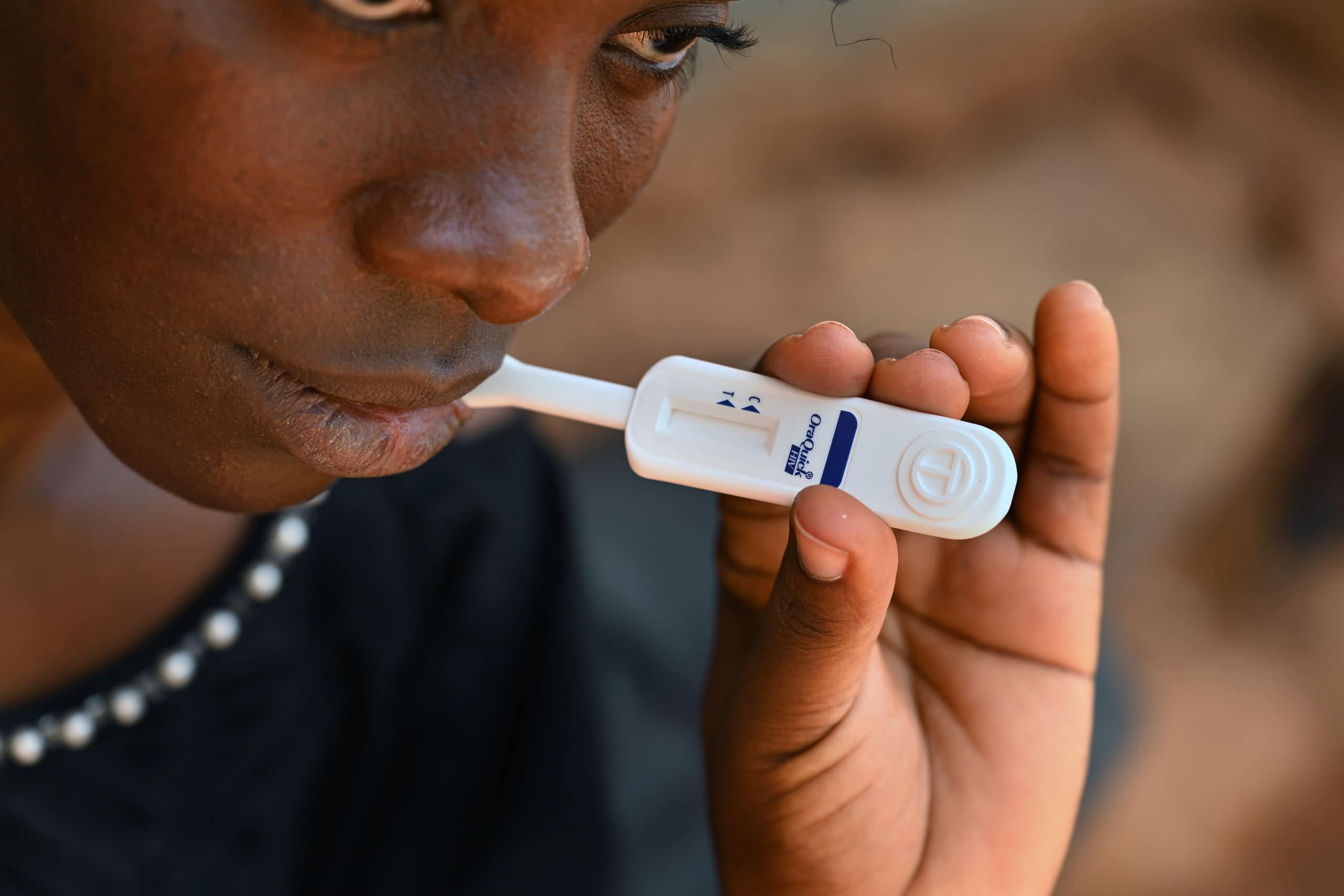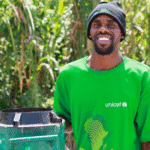With thousands of girls contracting HIV each week, local programmes in Nigeria are showing that education and empowerment can turn the tide.
HIV infections are rising among young women. A recent statement by the AIDS Healthcare Foundation, or AHF, reveals that around 4,000 girls globally aged 15–24 contract HIV every week.
Even more worrisome, over 3,300 of these cases are reported in sub-Saharan Africa, a region where entrenched poverty, poor education and gender inequality continue to endanger young women’s health.
The gender gap in HIV infections
In 2023 alone, for instance, 1.9 million adolescent girls and young women in Nigeria were living with HIV, compared with 1.2 million boys and young men in the same age group.
Experts have linked this significant gender gap in health outcomes to the absence of basic education, quality healthcare and social protection for girls.
Education in particular is a shield against early marriage, gender-based violence and economic vulnerability, all of which increase the risk of HIV infection.
In response, AHF Nigeria has been combining healthcare, education and advocacy to create practical solutions.
Through regular outreach programmes in communities and schools, the organisation provides free HIV testing, counselling and treatment while spreading awareness about sexual and reproductive health.
In honour of this year’s International Day of the Girl, AHF broadened its advocacy to Akwa Ibom State, grooming young girls in menstrual hygiene education and leadership development. Further, it doled out free sanitary pads.
Broader efforts across Nigeria
Several initiatives across Nigeria are also spreading the campaign. The National Agency for the Control of AIDS (NACA), for example, has launched programmes targeted at adolescent girls and young women, which combine HIV prevention with vocational training and mentorship.
UNICEF’s Safe Spaces provides girls in rural communities with life skills and health counselling. In some states like Kaduna and Kano, peer education networks are also gaining traction. Young women are leading the conversation about safe sex, testing and stigma reduction.
In the same vein, grassroots groups like the Girls’ Power Initiative (GPI) and Stand With A Girl (SWAG) Foundation are helping to tackle period poverty and gender-based violence through the provision of menstrual hygiene kits, self-defense training and reproductive rights education.
These little acts of empowerment gradually scale back the shame that’s associated with discussions about girls’ health in many rural communities.
Overall, these local interventions demonstrate that, to reduce the incidence of HIV infections among girls, society must empower them with the tools to protect themselves. This includes education, healthcare and equal opportunity.
Achieving this ideal will certainly not happen overnight, but every outreach, every clinic opened and every girl enrolled in school brings the world closer to a future where HIV no longer threatens the dreams of young women.
Summary not available at this time.






